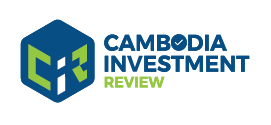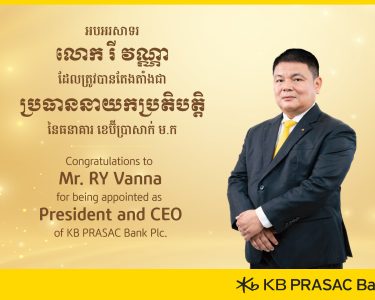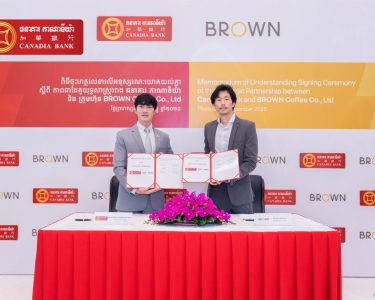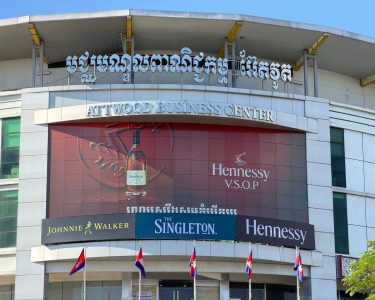Harrison White
Future, an Australian-founded architecture and design firm, is carving out a reputation in Cambodia by merging global best practices with the Kingdom’s growing construction industry. Founded in 2019 by architect and entrepreneur Harry Mann, the firm has quickly established itself as a leader in applying advanced technologies and international standards to local projects.
From Global Experience To Cambodian Opportunity
Harry Mann’s journey into architecture began as a teenager on Australian construction sites, before pursuing academic and professional experience across Europe. His career included stints at Passive House specialists in Germany, advanced architecture studies in Barcelona, and three years at Fender Katsalidis in Sydney, where he gained experience on major masterplans and high-rise developments.
“Working at Fender Katsalidis gave me the structure, systems, and confidence to deliver at the top level,” Harry said. “When I came to Cambodia in 2019, I saw an opportunity to combine the skills and systems I had picked up overseas with the momentum of a rapidly growing construction industry.”
That opportunity became Future, which Harry launched during the pandemic after deciding to remain in Phnom Penh.
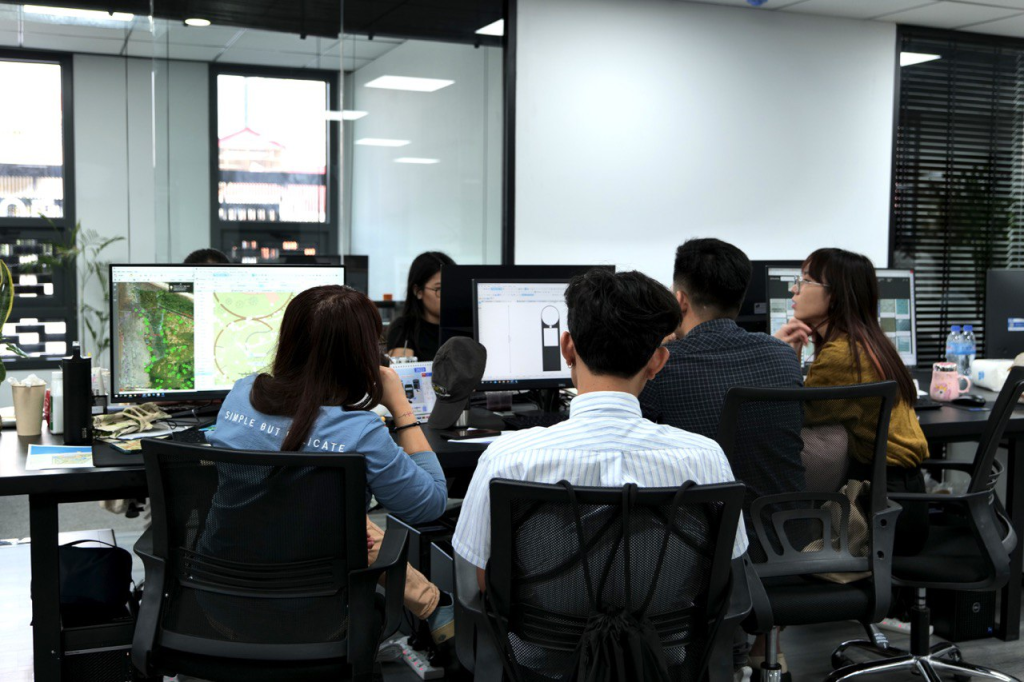
Navigating Industry Cycles
Cambodia’s property market has seen rapid expansion, a pandemic-era slowdown, and signs of renewed recovery. According to Mann, cyclical shifts often create new areas of growth.
“Oversupply in residential is real, but that often creates opportunities elsewhere—in education, infrastructure, or industrial sectors,” he explained. “The fundamentals here remain strong: consistent GDP growth, a young population, and an expanding middle class.”
Harry said architecture in Cambodia is also maturing, with professional standards and training steadily improving. He expects Cambodian architects to increasingly contribute not only to local projects but also to international collaborations, mirroring developments in markets such as Vietnam and the Philippines.
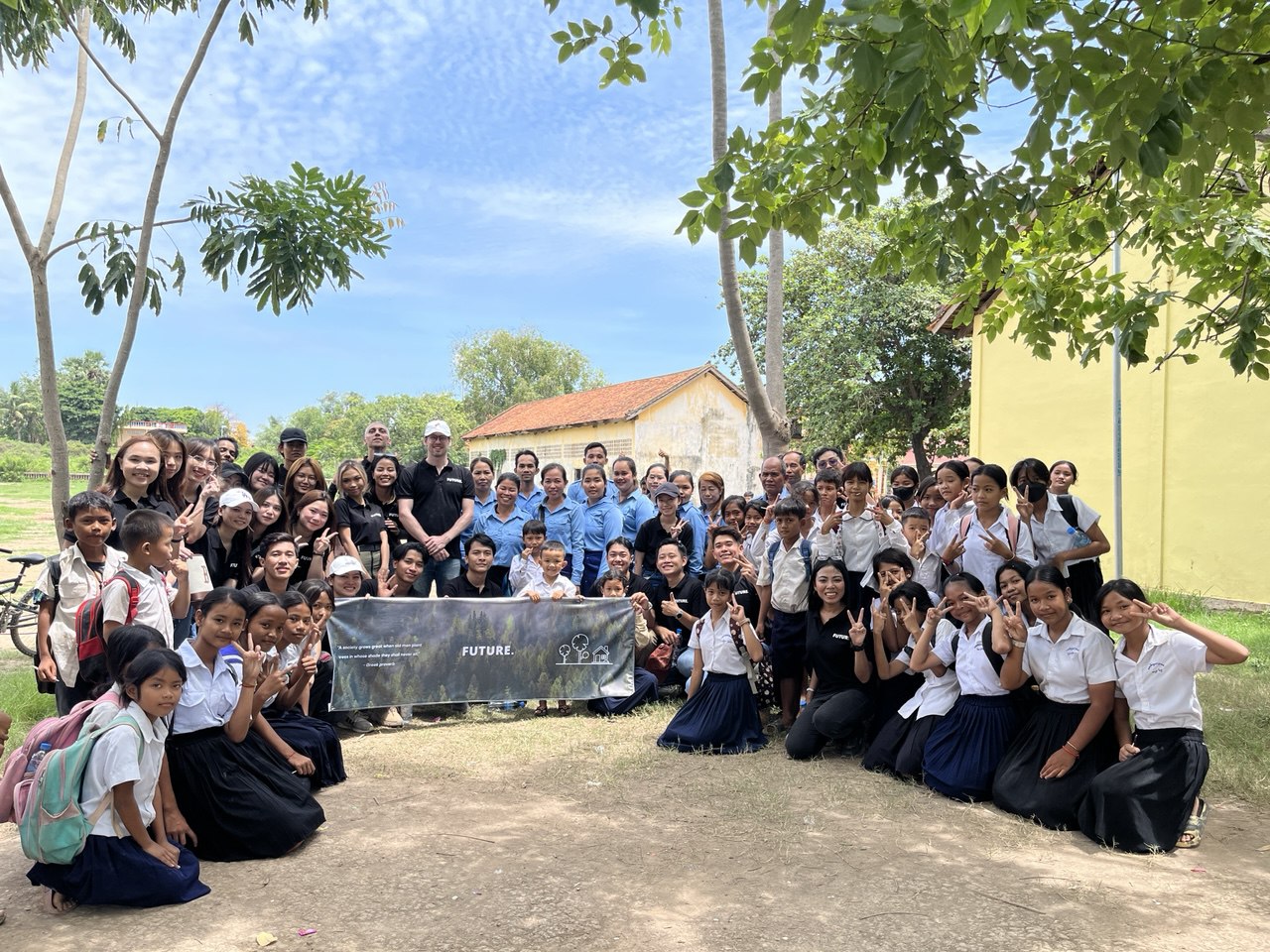
Delivering International-Level Projects
Future has built a diverse portfolio, from high-rises to cultural and education spaces. Notable projects include Maybank’s flagship Phnom Penh branch near the Olympic Stadium, which Harry said demonstrated how BIM and AI can accelerate delivery without sacrificing quality.
“We typically integrate structural and MEP drawings from the earliest stages, with clash detections and real-time BIM models that allow immediate feedback and transparency,” he said. “That results in better outcomes and shows we can deliver large, complex work to international standards.”
Future’s work also extends to reimagining unfinished developments left idle after the property boom. Harry cited the redesign of the Bassac Signature Hotel—originally an incomplete residential tower—as an example of how adaptive reuse can turn underutilized structures into fresh, valuable assets.
“Repurposing is not only more sustainable but also more economical,” Harry said. “It’s about creating projects that feel new without starting again from scratch.”
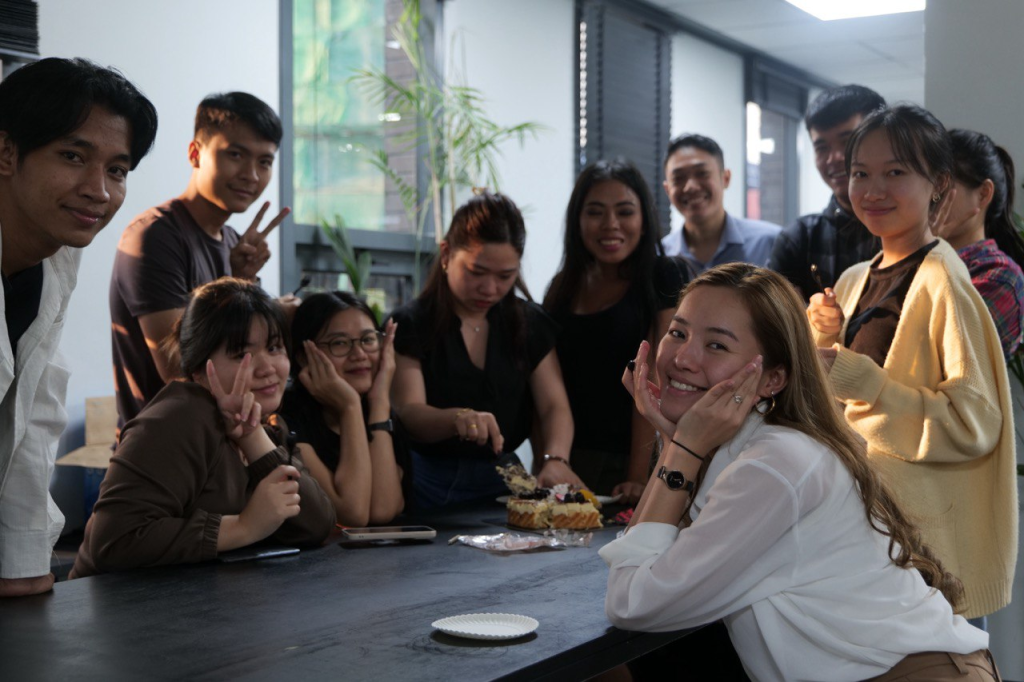
Training Talent And Leading With Technology
At the core of Future’s strategy is a commitment to developing Cambodian talent and applying cutting-edge technology. The company introduced a four-day work week in 2024 and prioritizes fair pay, equal opportunity, and work-life balance.
“People are at the center of everything we do,” Harry said. “We invest in training through façade detailing workshops, BIM management courses, and AI classes. When our team delivers projects in Australia, they bring back advanced standards and systems to Phnom Penh.”
Technology is equally central. Future has been BIM-only since its founding and an early adopter of AI and virtual reality. These tools, he noted, automate repetitive tasks and reduce human error, freeing architects to focus on design quality.
“As more firms in Cambodia embrace these technologies, the whole industry benefits,” he added. “Future will continue leading the way, because innovation and inclusivity in design are exactly why we chose the name Future.”
